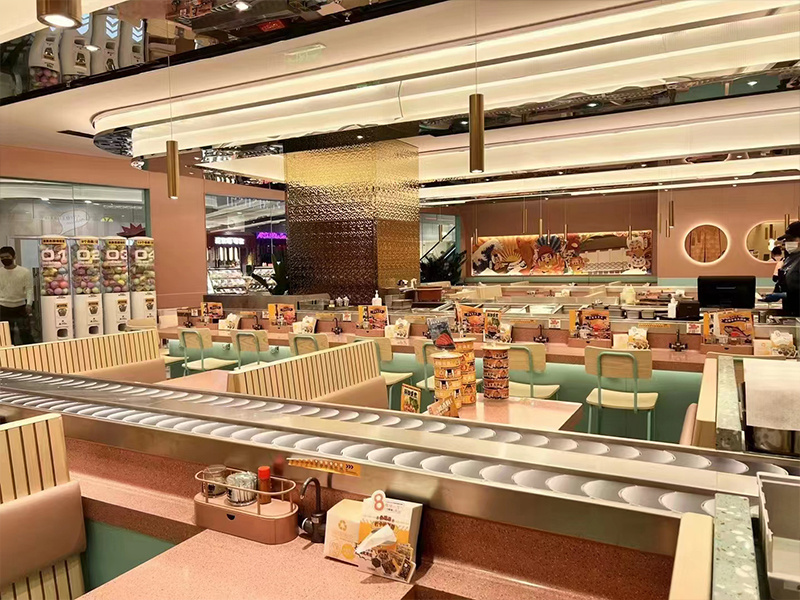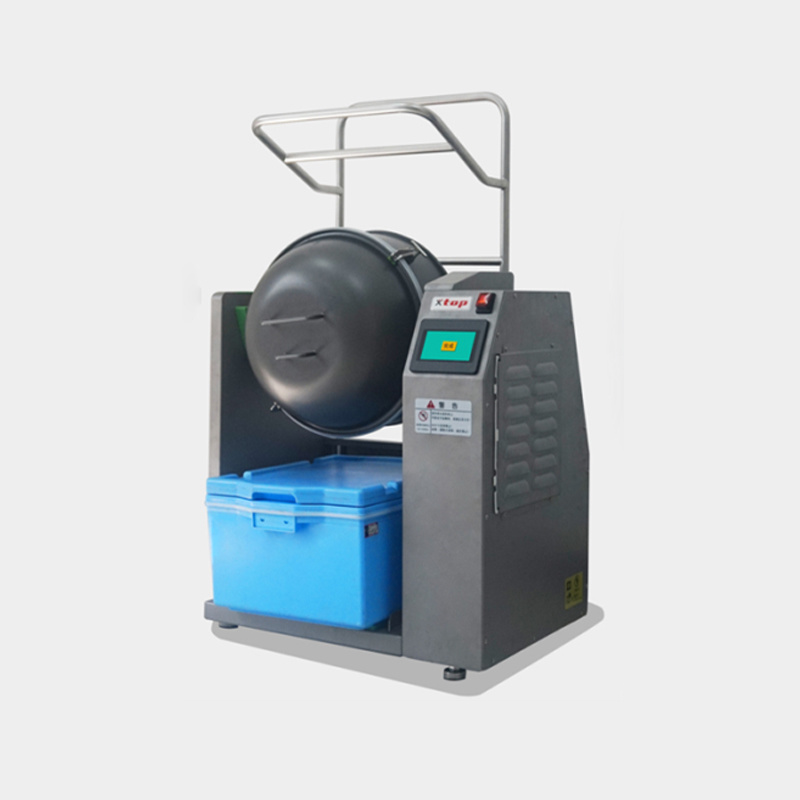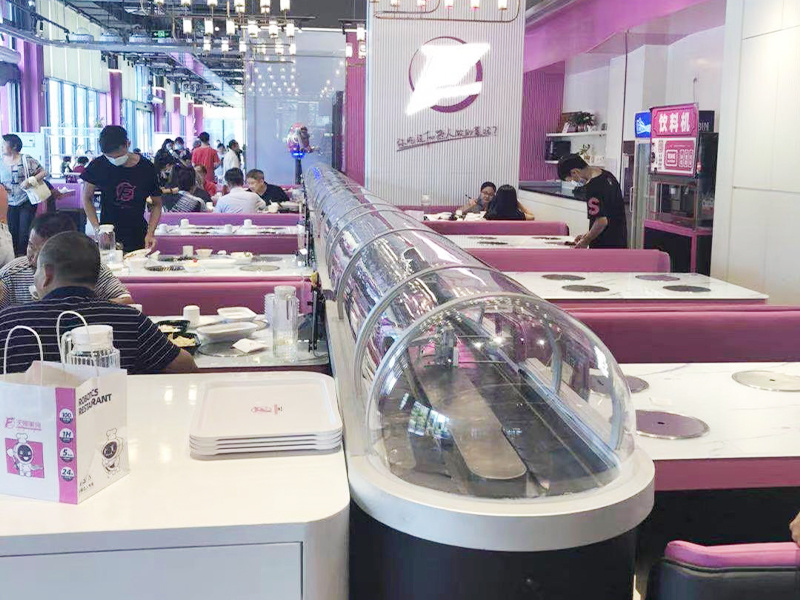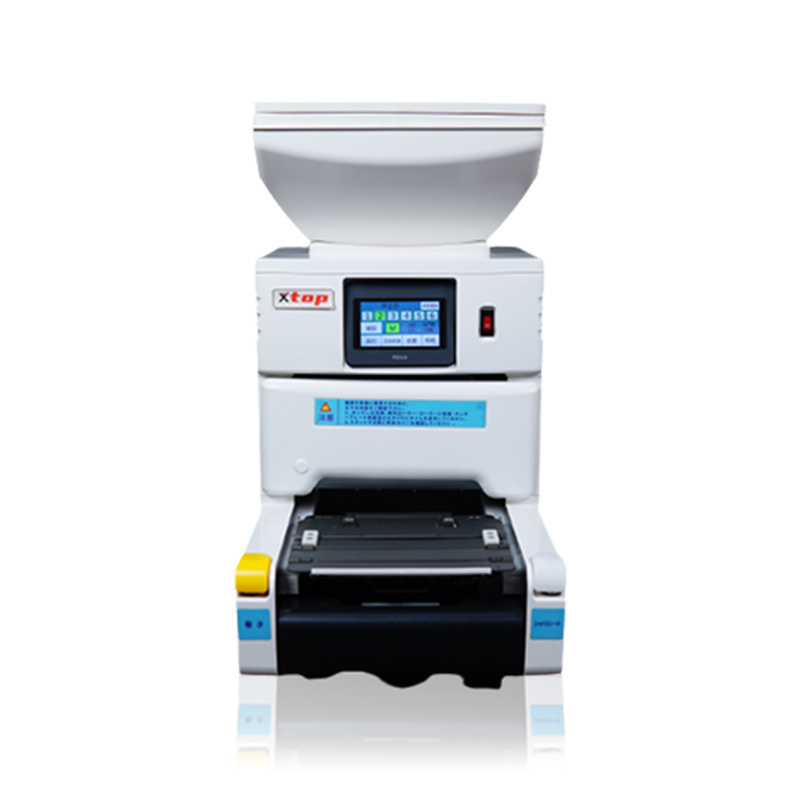Sushi Food Delivery Trains: The Future of Culinary Logistics
Release Time:2025-08-06
Sushi Food Delivery Trains: The Future of Culinary Logistics
Table of Contents
1. Introduction to Sushi Food Delivery Systems
2. The Evolution of Food Delivery Logistics
3. Understanding Sushi Food Delivery Trains
3.1 What are Sushi Food Delivery Trains?
3.2 How Do They Work?
4. Advantages of Sushi Food Delivery Trains
4.1 Enhanced Speed and Efficiency
4.2 Improved Food Quality and Safety
5. The Technology Behind Sushi Delivery Trains
5.1 Automation and Robotics
5.2 Temperature Control Systems
6. Challenges Facing Sushi Delivery Trains
6.1 Logistical Issues
6.2 Regulatory Compliance
7. Future Trends in Culinary Delivery Logistics
7.1 Sustainability in Food Delivery
7.2 Expansion of Delivery Networks
8. Frequently Asked Questions about Sushi Delivery Trains
9. Conclusion: Embracing the Future of Sushi Delivery
1. Introduction to Sushi Food Delivery Systems
The culinary world is witnessing a remarkable transformation, primarily driven by the need for efficient food delivery systems. One of the most innovative developments in this space is the introduction of sushi food delivery trains. These cutting-edge logistics solutions are designed to enhance the speed and quality of sushi delivery, ensuring that customers receive their favorite dishes at peak freshness.
In this article, we will explore the intricacies of sushi food delivery trains, delving into their operation, benefits, and the technology that powers them. As we navigate through the future of culinary logistics, we will also address the challenges these systems face and the trends shaping their evolution.
2. The Evolution of Food Delivery Logistics
Over the years, food delivery logistics have evolved from simple bike couriers to advanced automated systems. The rise of online food ordering platforms has created an urgent demand for faster and more reliable delivery methods. This evolution has paved the way for innovative solutions such as food delivery trains, particularly in the sushi sector.
Sushi, with its delicate ingredients and presentation requirements, poses unique challenges for delivery logistics. Traditional methods often struggle with maintaining food integrity during transportation. However, sushi food delivery trains are specifically engineered to preserve the quality and presentation of sushi dishes, marking a significant leap in culinary logistics.
3. Understanding Sushi Food Delivery Trains
3.1 What are Sushi Food Delivery Trains?
Sushi food delivery trains are automated systems designed to transport sushi dishes from kitchens to customers efficiently. These trains are often seen in restaurants and sushi bars, where they navigate through designated tracks, delivering freshly prepared sushi directly to diners' tables or designated pickup areas.
3.2 How Do They Work?
The operation of sushi delivery trains involves a combination of high-tech automation, real-time tracking, and efficient routing algorithms. Each train is equipped with compartments that maintain optimal temperature conditions, ensuring that sushi retains its freshness. When a customer places an order, the system calculates the fastest route and dispatches the train to deliver the food promptly.
4. Advantages of Sushi Food Delivery Trains
4.1 Enhanced Speed and Efficiency
One of the most significant advantages of sushi food delivery trains is their speed. By employing automated systems, restaurants can reduce waiting times for customers, ensuring that sushi is delivered quickly and efficiently. This speed not only enhances customer satisfaction but also allows restaurants to serve more customers during peak hours.
4.2 Improved Food Quality and Safety
The design of sushi delivery trains prioritizes food safety and quality. With temperature-controlled compartments, sushi can be transported without compromising its freshness. The automated nature of these systems also minimizes human error, reducing the risk of contamination and ensuring that sushi arrives in pristine condition.
5. The Technology Behind Sushi Delivery Trains
5.1 Automation and Robotics
Automation is at the heart of sushi food delivery trains. Cutting-edge robotics technology allows trains to navigate complex environments, avoiding obstacles and optimizing delivery routes. This automation not only streamlines operations but also reduces labor costs for restaurants, allowing them to focus on culinary excellence.
5.2 Temperature Control Systems
Maintaining the right temperature is crucial for sushi delivery. Advanced temperature control systems integrated into sushi trains ensure that the food remains within safe temperature ranges throughout the delivery process. This technology helps preserve the freshness of ingredients, enhancing the overall dining experience.
6. Challenges Facing Sushi Delivery Trains
6.1 Logistical Issues
Despite their advantages, sushi delivery trains face logistical challenges. Navigating busy restaurant environments can be complex, especially in high-traffic areas. Restaurants must carefully design their layouts to accommodate these delivery systems, ensuring smooth operations and minimal disruptions.
6.2 Regulatory Compliance
Food safety regulations are stringent, and sushi delivery trains must comply with various health codes. Ensuring that trains meet these regulations can be a barrier to implementation for some businesses. Restaurants must invest in training and equipment to adhere to these standards while maintaining efficiency.
7. Future Trends in Culinary Delivery Logistics
7.1 Sustainability in Food Delivery
As the culinary industry moves towards sustainability, sushi food delivery trains are also evolving. Many businesses are exploring eco-friendly materials and energy-efficient technologies to minimize their environmental impact. Implementing sustainable practices not only helps the planet but also appeals to environmentally-conscious consumers.
7.2 Expansion of Delivery Networks
The future of sushi delivery trains is bright, with potential expansions beyond restaurants into retail and delivery services. As technology continues to advance, we may see sushi food delivery trains operating in grocery stores or as part of larger food delivery networks, allowing consumers to enjoy fresh sushi at home.
8. Frequently Asked Questions about Sushi Delivery Trains
What types of sushi can be delivered using food delivery trains?
Sushi food delivery trains can accommodate a wide variety of sushi types, from nigiri to rolls, as long as they can be plated securely in the train compartments.
Are sushi delivery trains safe for food transportation?
Yes, sushi delivery trains are designed with food safety in mind. They incorporate temperature control systems to ensure that food remains fresh and safe throughout the delivery process.
How do restaurants implement sushi delivery trains?
Restaurants typically need to redesign their layout to include tracks for the trains, alongside investing in the necessary technology and staff training for effective operation.
Can sushi delivery trains be used for other types of food?
While primarily designed for sushi, delivery trains can also be adapted for other types of food that require careful handling and temperature control.
What are the costs associated with sushi delivery trains?
Costs can vary significantly based on the technology used, the complexity of the implementation, and the extent of staff training required. Restaurants should conduct a cost-benefit analysis to determine feasibility.
9. Conclusion: Embracing the Future of Sushi Delivery
Sushi food delivery trains represent a groundbreaking advancement in culinary logistics, merging technology with the art of food delivery. They offer numerous benefits, including speed, efficiency, and enhanced food quality. As the demand for fast, fresh, and safe food delivery options continues to rise, sushi delivery trains are poised to play a vital role in shaping the future of the restaurant industry.
By embracing these innovative solutions, restaurants can not only improve their operational efficiency but also enhance the overall dining experience for their customers. As we look ahead, the integration of sustainability and further technological advancements will likely propel sushi delivery trains into mainstream culinary logistics, solidifying their position as an essential component of the food delivery ecosystem.
Keywords:Sushi Food Delivery Trains
CATEGORY
Related News
2024-02-03
Related











